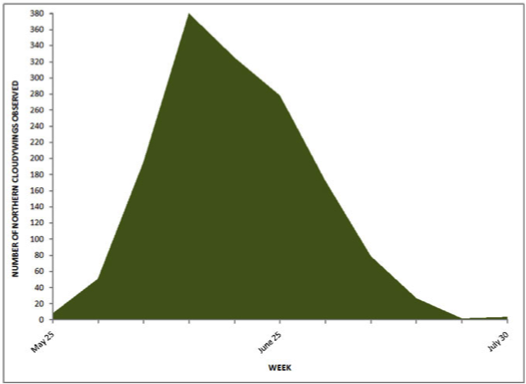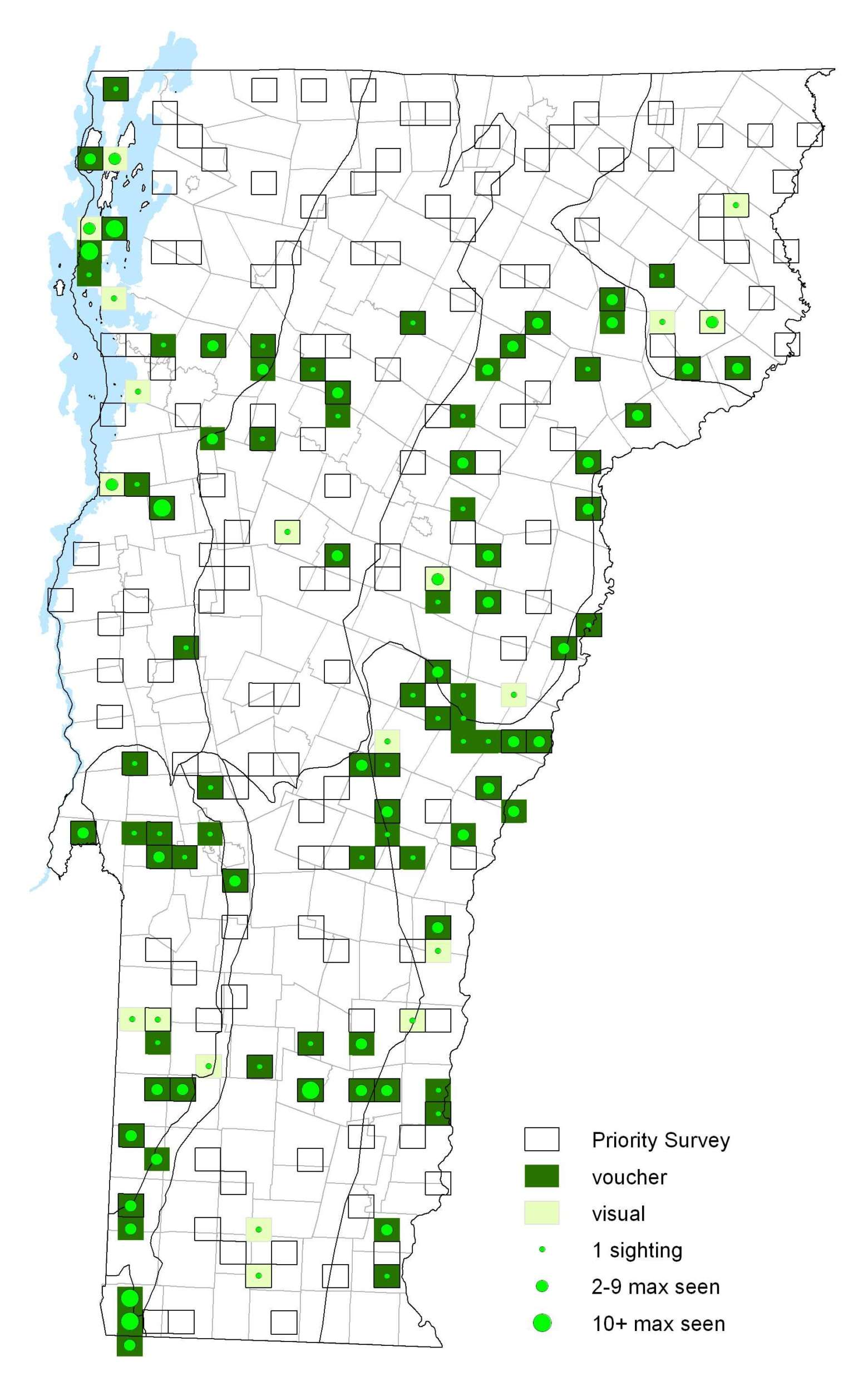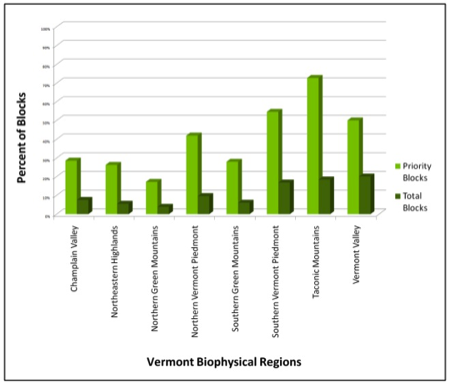|
Resident Conservation Status North American Range |
An expert generalist that is no more tied to a northern habitat than any other butterfly in the region. The males perch on or near the ground in forest openings to wait for females. Males are fierce. If challenged by another male or different insect, they will readily give chase and try to attack. Eggs are laid singly under leaves of the host plants. Larvae feed on leaves and live in shelters of rolled or tied leaves. Last instar caterpillars hibernate.
Identification
A medium sized butterfly, slightly larger than the Confused or Southern Cloudywing. Upperside is dark brown; clear spots on forewing are small, triangular, and not aligned. Male forewing has a costal fold enclosing scent scales. Underside is brown with gray overscaling; hindwing has two dark bands.
Flight
One brood in Vermont, most abundant from mid May through mid July. Extreme dates: 20 May 2004 in Rupert (R. Stewart) and 3 August 2002 in Norwich (K. Kluge), 13 September 1973 in Huntington (J. Viglione).
Distribution and Habitat
Apparently absent from far northern Vermont outside of the Champlain islands. Found in a variety of dry, open habitats including fields, roadsides, and forest edges. Adults nectar at Dogbane (Apocynum), Vetch (Vicia), Thistle (Cirsium) and several others. Larval host plants include various plants in the pea family, including, Clover (Trifolium), and Beggars Stick (Desmodium canadense).







